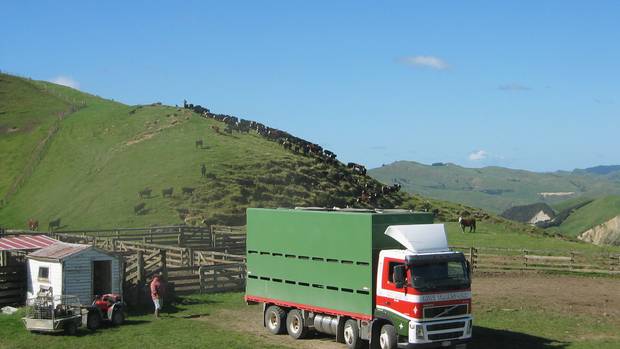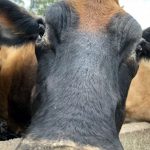
In all cases, putting stock on trucks is not a simple affair, as all stock need to be prepared for the journey and must be fit to travel. Preparation tips can be found online from DairyNZ. And those farmers who get a fine of $500 from the Ministry for Primary Industries for stock that were not fit to travel will do that only once.
Of help in loading only stock fit to travel is the Fit for Transport App, which can be downloaded on to your phone from iTunes or Google Play. This gives farmers and their staff information that will immediately let them know that loading a cow with certain conditions, such as being unable to bear weight on one or more limbs, too thin, or with certain eye conditions, could lead to a $500 fine. These rules cover all livestock.
I can hear some farmers saying ‘that’s why they are being put on the truck in the first place’. However, if they thought of themselves as being the providers of high-quality food, they would take better care in selecting their stock and send only those that were fit. Holding back those that aren’t, and calling in the vet to check them and offer treatment and advice, is a better outcome for the stock and New Zealand’s reputation.
Another aspect, if the animals are going to the works, is finding out which plant the stock are going to before the truck turns up. Often it’s not the closest and this could affect their selection and preparation.
Even stock that are going to grazing need to be well prepared. That will include standing them off green feed for 4-12 hours, which allows them to empty on the farm and not on the truck, or when the effluent storage fills up, on the road. Now that is not a pretty sight (or smell).
• Ann Thompson is a dairy policy adviser for Federated Farmers

























